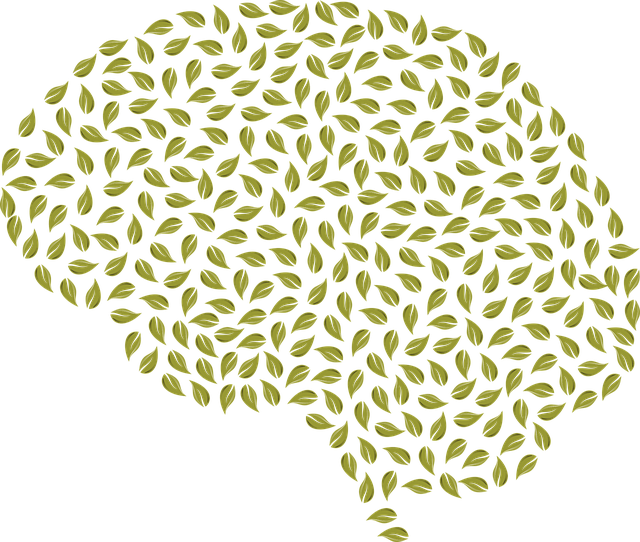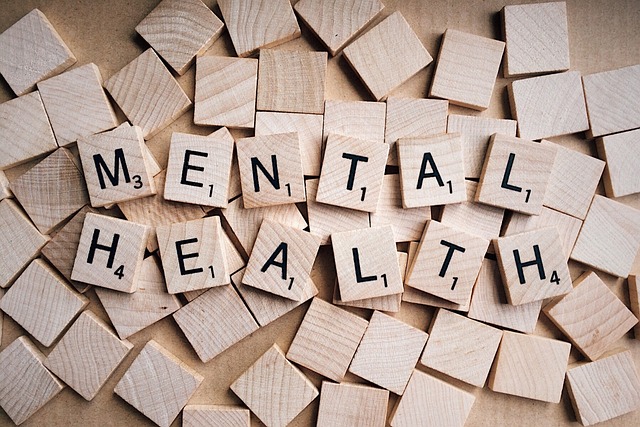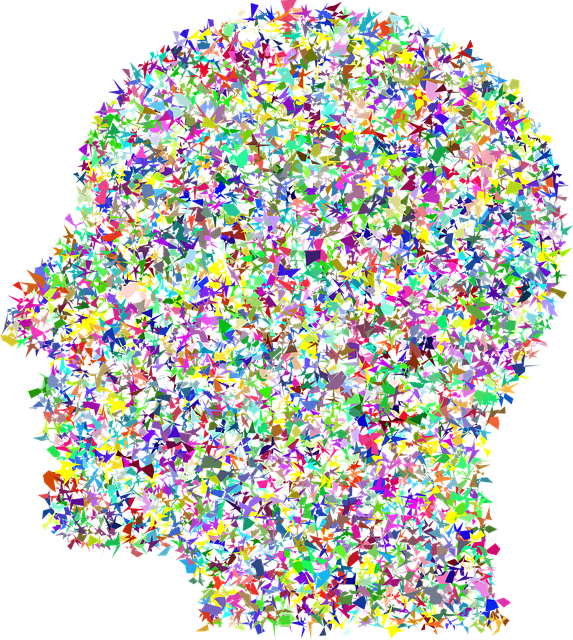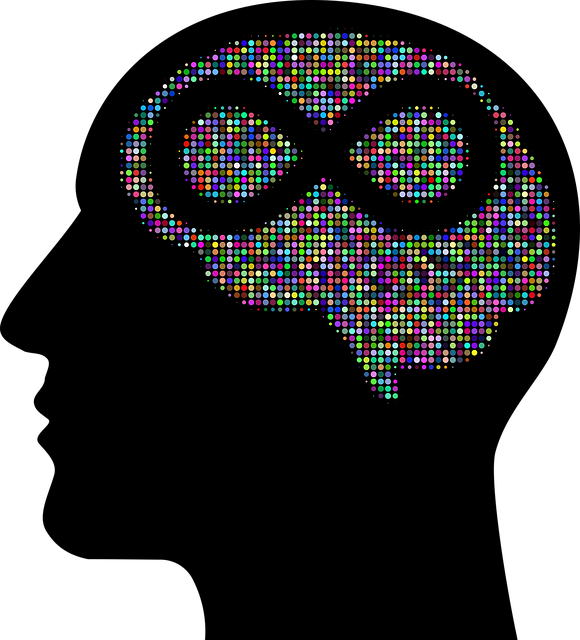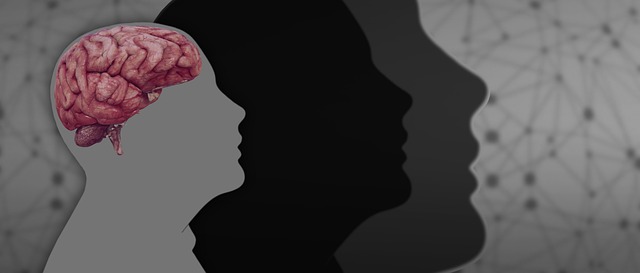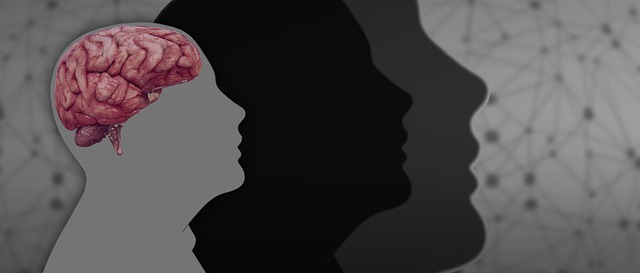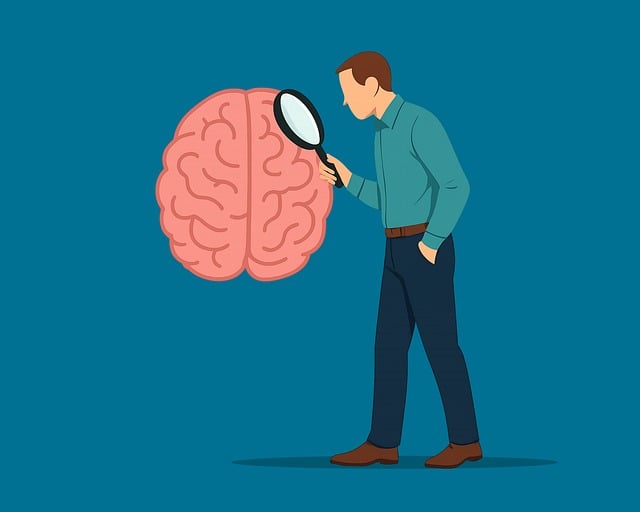Diagnosing mental illness in adolescents is challenging due to developmental differences, symptom variations compared to adults, co-occurrence of substance abuse, and stigma. These factors often lead to misdiagnosis or delayed therapy for teens struggling with drug abuse or other mental health issues. With high rates of inaccurate identification, complex symptoms overlapping various disorders contribute to this problem. Misdiagnosed conditions can worsen symptoms, impacting academics, relationships, and overall well-being. To improve diagnosis accuracy, organizations should implement education, workshops on stress management and emotional expression for teens, enhancing access to appropriate therapy, including that for Drug Abuse-Substance Abuse among adolescents.
Mental illness diagnosis accuracy is a critical issue, especially for adolescents where misdiagnosis can exacerbate existing challenges. This article explores current challenges in diagnosing mental health conditions in teens, including high rates of misdiagnosis and barriers like stigma, limited resources, and cultural factors. We delve into innovative strategies to enhance accuracy, such as integrating technology, personalized approaches, and collaborative care models. Additionally, we discuss advocacy, education, and access to care for drug abuse among adolescents, emphasizing early intervention programs, parent education, and expanding evidence-based treatments.
- Current Challenges in Mental Illness Diagnosis for Adolescents
- – Prevalence of misdiagnosis and its impact on teen mental health
- – Barriers to accurate assessment: stigma, limited resources, and cultural factors
Current Challenges in Mental Illness Diagnosis for Adolescents

The diagnosis of mental illness in adolescents presents unique challenges due to several factors. Firstly, the developmental stage itself introduces complexities as adolescent brains are still undergoing significant changes. This makes it harder to distinguish between normal teenage behavior and potential signs of a disorder. Moreover, many adolescents may struggle to express their feelings or exhibit symptoms differently compared to adults, making accurate assessment even more demanding.
Another significant hurdle is the co-occurrence of mental health issues with substance abuse, especially drug and alcohol use disorders. Adolescents facing these challenges often present with a complex interplay of symptoms, which can obscure diagnosis. For instance, depression and anxiety may be masked by substance misuse, leading to misdiagnosis or delayed treatment initiation. Additionally, the stigma surrounding mental illness further complicates matters, as teens might avoid seeking help due to fear of judgment, exacerbating existing issues and hindering early intervention that could significantly impact their long-term emotional well-being and recovery prospects.
– Prevalence of misdiagnosis and its impact on teen mental health

Misdiagnosis of mental health conditions among teenagers is a significant concern, with potential long-lasting consequences for their well-being. Studies show that adolescent misdiagnosis rates are alarmingly high, often leading to inappropriate treatment or delayed access to effective care. This issue arises from the complex nature of teenage mental health, where symptoms can overlap between various disorders such as depression, anxiety, bipolar disorder, and substance abuse (Drug Abuse-Substance Abuse).
When left undiagnosed or misidentified, teen mental health issues may exacerbate, impacting academic performance, interpersonal relationships, and overall quality of life. For instance, a teenager struggling with undiagnosed depression might display aggressive behaviors or engage in substance abuse as coping mechanisms, leading to further complications. Effective communication strategies, inner strength development, and stress management workshops within organizations can play a crucial role in improving diagnosis accuracy by educating professionals and empowering teens to recognize and express their emotional struggles.
– Barriers to accurate assessment: stigma, limited resources, and cultural factors

Accurate mental illness diagnosis faces significant barriers that hinder effective treatment and support for individuals struggling with their mental wellness. Stigma surrounding mental health remains a major obstacle, often leading to delays in seeking help or misdiagnosis. Many people, especially adolescents and teens, face social and self-stigmatization, which can prevent them from openly discussing their symptoms and receiving the therapy they need, particularly when dealing with drug abuse or substance use disorders.
Limited resources in mental health services and healthcare systems also contribute to diagnostic challenges. Insufficient funding for specialized programs, trained professionals, and evidence-based treatments can result in long wait times for assessment and care. Cultural factors further complicate matters; different ethnic and cultural groups may express symptoms differently, influenced by their unique experiences and understanding of mental health, demanding a nuanced approach that considers these variations when designing Mental Health Education Programs or Stress Management Workshops Organization initiatives.
Mental illness diagnosis accuracy is paramount for adolescent well-being. Overcoming current challenges, including misdiagnosis rates, requires addressing stigma, allocating adequate resources, and considering cultural nuances. Integrating specialized therapy programs tailored to teen needs, such as those addressing drug abuse, can significantly improve assessment outcomes. By fostering a supportive environment and utilizing comprehensive evaluation methods, professionals can ensure adolescents receive the appropriate care, leading to better mental health outcomes and enhanced quality of life.

